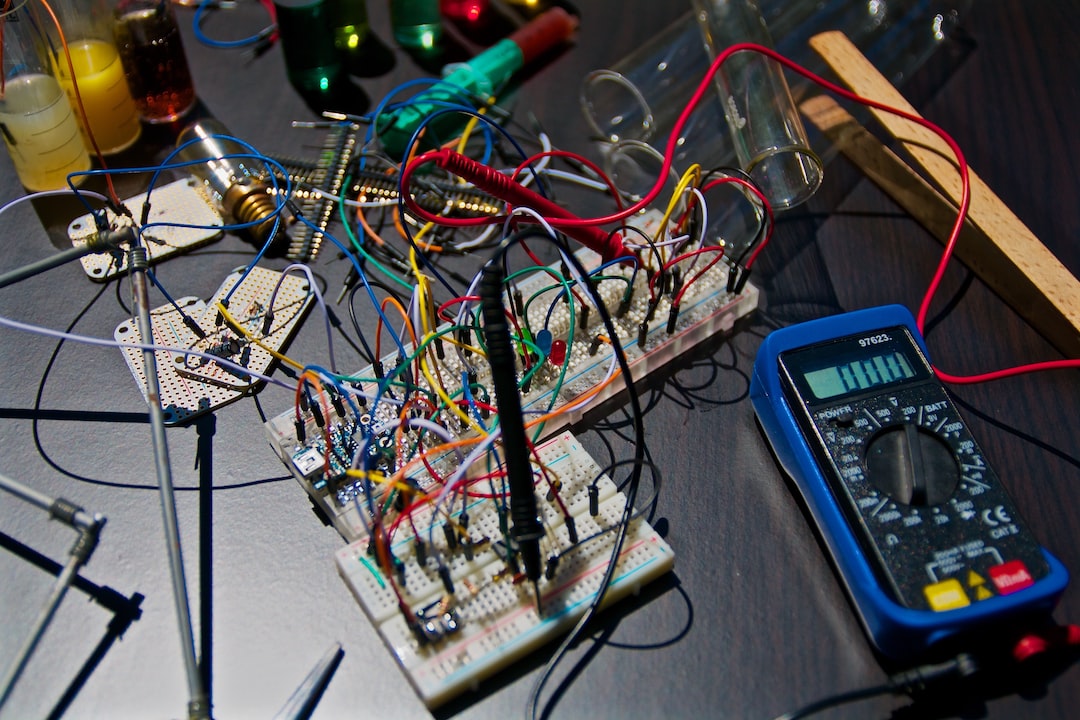The Internet of Things (IoT) has quickly emerged as a transformative force in our modern world, connecting devices in ways that were once unimaginable. From smart homes and wearable gadgets to industrial applications and healthcare systems, the IoT is revolutionizing the way we live and work. In this blog post, we will explore the concept of the Internet of Things and its impact on our everyday lives.
At its core, the Internet of Things refers to the network of physical objects embedded with sensors, software, and connectivity, allowing them to collect and exchange data. These objects, or “things,” can range from everyday items like cars and appliances to more specialized devices used in industries such as manufacturing and agriculture. By connecting these devices, the IoT enables them to communicate with one another and with us, creating a seamless and intelligent network.
One of the most visible applications of the Internet of Things is the smart home. With the increasing availability of affordable sensors, homeowners can now transform their dwellings into intelligent, automated spaces. From controlling lights and thermostats to managing security systems and appliances, the IoT allows us to monitor and manage our homes remotely. Imagine being able to preheat your oven on your way back from work or receiving alerts on your smartphone when your smoke detector detects a potential fire. The IoT has the potential to make our homes safer, more energy-efficient, and more convenient.
The Internet of Things is not limited to consumer applications; it is also reshaping industries and businesses. In manufacturing, for example, IoT devices are being used to monitor equipment, track inventory, and optimize production processes. By connecting machines and sensors on the factory floor, managers can gain real-time insights into their operations, detect faults before they cause downtime, and make data-driven decisions. This connectivity and data exchange enable manufacturers to improve efficiency, reduce waste, and ultimately deliver better products to customers.
Healthcare is another sector that stands to benefit from the Internet of Things. With wearable devices and medical sensors, patients can now monitor their health in real-time and share data with healthcare providers. This continuous stream of information allows doctors to better understand their patients’ conditions, detect early warning signs, and provide personalized treatment plans. Moreover, IoT-enabled devices can enhance accessibility to healthcare services, particularly in remote or under-served areas, where patients can receive virtual consultations and remote monitoring.
As the Internet of Things continues to evolve, it brings with it various challenges that need to be addressed. One of the primary concerns is data privacy and security. With the massive amount of data being generated by IoT devices, there is a need for robust security protocols to protect this information from unauthorized access and cyberattacks. Additionally, there are ethical considerations surrounding the collection and use of personal data. Striking a balance between utility and privacy will be crucial in building trust and ensuring the widespread adoption of IoT technologies.
Furthermore, the interoperability of devices and systems is another area that requires attention. Currently, many IoT platforms struggle to communicate with one another due to incompatible protocols and standards. To fully realize the potential of the IoT, stakeholders must work towards creating open and interoperable frameworks that enable seamless connectivity and data exchange across various devices and ecosystems.
In conclusion, the Internet of Things is revolutionizing the way we interact with our world. By connecting devices and enabling data exchange, the IoT has the potential to enhance our lives, improve industries, and transform healthcare. However, as with any technological advancement, there are challenges to overcome. By addressing issues such as privacy, security, and interoperability, we can create a smarter, more connected world powered by the Internet of Things.
